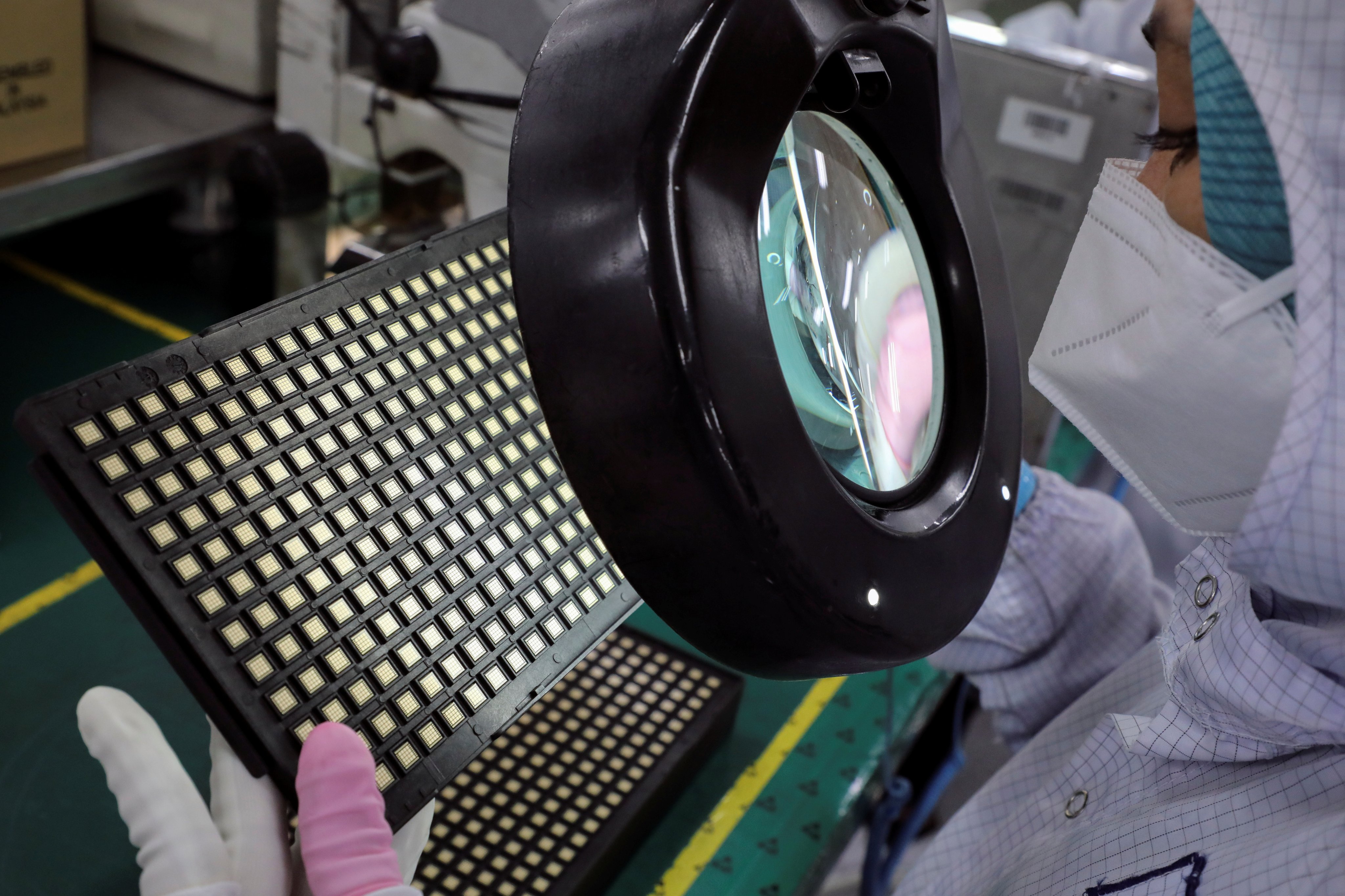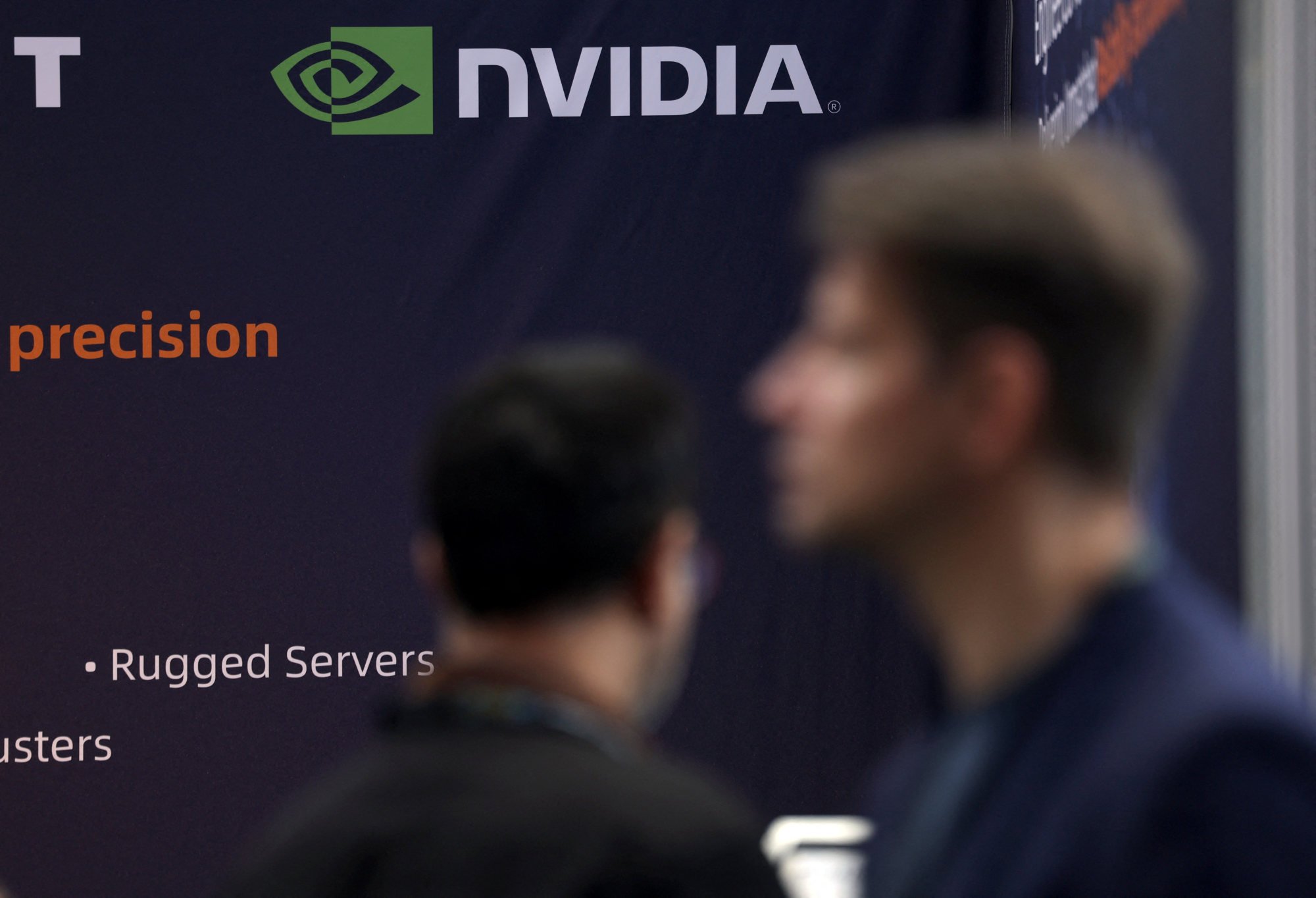Caught in the chip war, Malaysia must rethink its US–China balancing act
Allegations of Chinese chip access via Malaysia highlight the growing costs of staying neutral

Malaysia has landed in another tight spot – this time over claims Chinese engineers may have accessed high-end Nvidia chips on its soil to train artificial intelligence models, potentially breaching US export controls.
The timing could hardly be worse. Trade Minister Tengku Zafrul Aziz and Second Finance Minister Amir Hamzah Azizan were in Washington this week to negotiate down a steep 24 per cent “reciprocal tariff” imposed by US President Donald Trump in April.
Now, their efforts risk being overshadowed by fears in Washington that Malaysia is serving as a backchannel for Chinese firms to access restricted chips – fears that could harden American attitudes and demands.
The report, first published by the Wall Street Journal, claimed that an unnamed Chinese firm had booked out Malaysian data centres equipped with Nvidia’s most advanced chips. US policy restricts the sale or export of these chips to China and its military-linked entities, including via third countries.

While it is unclear whether any laws were broken, the perception alone could prove damaging. Analysts expect Washington may use the case as leverage to push Malaysia into stricter enforcement of US export controls, especially given the billions of dollars in investments by American tech firms in Malaysian plants and data centres.
In a statement on Thursday, Malaysia’s trade ministry said the alleged actions by the Chinese company “may not necessarily contravene domestic laws”, but warned against any attempts to circumvent export controls or engage in illegal trade.
Companies operating in Malaysia, it added, must adhere to the unilateral restrictions of other countries “to avoid any secondary sanctions”.
The ministry did not name any countries or companies, but the subtext was clear: Malaysia is trying to avoid being caught in the crossfire of the US-China tech war.
This is not the first time Malaysia has had to placate Washington. In March, it agreed to step up screening of semiconductor shipments after Nvidia chips were found to have made their way from Singapore to China via Malaysian facilities.
But how far can it go in appeasing the US before it starts to alienate China, its largest trading partner since 2009?
Malaysia’s semiconductor industry – the world’s sixth-largest exporter – is highly exposed to US demand, with about 60 per cent of its chip exports bound for America.
A range of other sectors, from optical equipment to furniture, could also suffer if Malaysia is cut off from the world’s largest consumer market.
Yet China is an equally vital economic partner, supplying key manufacturing inputs such as machinery and components for Malaysia’s all-important electrical and electronics sector, which accounts for around 40 per cent of total exports.
Siding too firmly with Washington might win Malaysia short-term relief on tariffs. But it could invite retaliation from Beijing – which has warned it will take countermeasures against countries that assist US containment efforts.
In short, Malaysia is in a bind.
Prime Minister Anwar Ibrahim has acknowledged the risk and is trying to diversify the country’s trade base.
In April, Malaysia concluded long-running negotiations for a trade deal with the European Free Trade Association, and talks with the European Union are in full swing.
But such deals take years to bear fruit – time Malaysia may not have as tensions between Washington and Beijing escalate.
The government continues to insist it will remain neutral. But that line is growing harder to walk by the day.